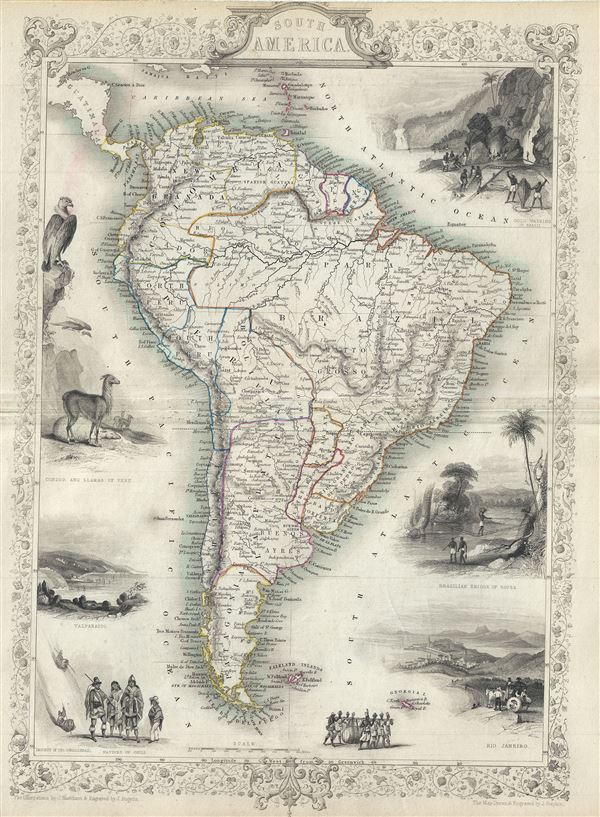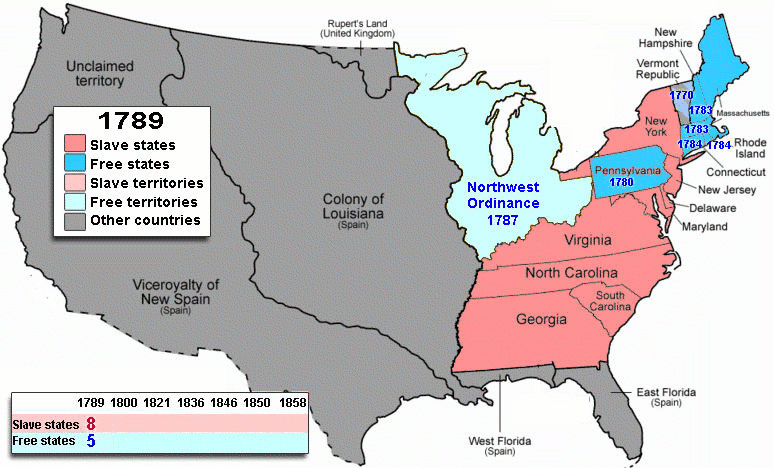

The Columbia River, the Strait of Juan de Fuca, Puget Sound, and Vancouver Island are noticeably absent. The general outline of the continent from California to Alaska is more accurate, though showing ongoing ignorance about the exact details of rivers, inlets, and islands. The interior regions between the Great Lakes and the Northwest Coast remain “parts unknown.” However, the western coastline no longer features a western sea, a river of the west running all the way to the interior, or a strait connecting the Atlantic and Pacific Oceans. In comparison to European maps of the 1770s, this updated Bowen map shows significant changes reflecting a better understanding of North American geography. Cook died in the Sandwich Islands (Hawai’i) in 1779. Although Cook and his crew were unable to conduct detailed coastal surveys before reaching Alaska, the documents from the voyage were soon widely published, thereby providing Europeans with better information about the little-known region. Cook proceeded up the coast, braving inclement weather all the way to a secure bay in the territory of the Nootka people (Nootka Sound on Vancouver Island). Since he was unable to land due to poor weather, he named the site Cape Foulweather.

Cook left England in July 1776 and arrived off the coast of present-day Oregon in early March 1778. Equally worried about Russian expansion from Alaska and Spanish colonization northward from California, the British Admiralty sent navigator Captain James Cook on an exploring expedition to the Northwest Coast. In order to ward off competition from her rival Great Britain, Spain chose to keep the details of these voyages secret. Although these Spanish explorers could not locate the mythical Northwest Passage, they did claim the region for Spain.
Modern daymap of north america in 1784 series#
Concerned about the growing Russian presence in Alaska, Spain launched a series of exploring expeditions to the region in the mid 1770s. It is an updated version of earlier map published in 1774 under the title A New and Accurate Map of North America.ĭuring the 1770s, European interest in the Northwest Coast intensified. These are owned and run by a tiny class of Europeans, who completely control life in these islands.Thomas Bowen, a British cartographer and engraver, produced his An Accurate Map of North America from the Latest Authorities in the early 1780s. These are re-populated with enslaved Africans, who are put to work on the sugar plantations growing up there. This is particularly the case with the islands of the Caribbean. Deadly European diseases, to which the natives have no resistance, fan out across the continent, carrying away the majority of their people. Population changesĪs the European population rises, that of the Native Americans falls sharply. Their populations are increasing rapidly, and soon more colonies will be founded. Much more recently, northern Europeans – mostly from the British Isles, but also some French, Swedes, Dutch and Germans – have established a string of colonies on the eastern seaboard of the present-day USA and Canada. There has, however, been little by way of settlement in these arid regions.

Spanish explorers have ventured up into the southwest USA, followed by a handful of missionaries and traders.

In the south, Mexico and Central America have become part of the huge Spanish empire. These stem from the arrival of Europeans to the continent, in the wake of the voyage of Christopher Columbus in 1492. The previous two centuries have seen dramatic changes in the racial and cultural make-up of North American populations. What is happening in North America in 1648CE Arrival of Europeans


 0 kommentar(er)
0 kommentar(er)
